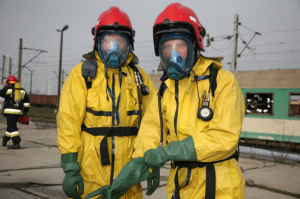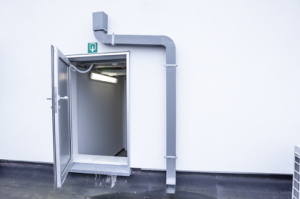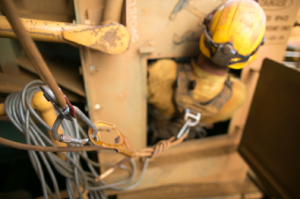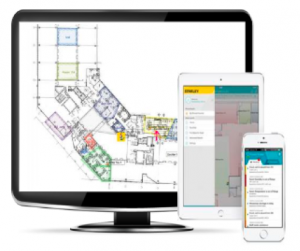I am the Safety Coordinator for my site…
I'm the safety coordinator for my site and the emergency first responders are asking ME - Is everyone out of the facility?
It’s WHEN, not IF!
Emergencies happen - there is just no getting around it. Fires, explosions, floods, tornadoes, medical distress, accidents. Despite our best efforts, sometimes things simply go wrong.

When YOU’RE responsible…
I’m sure you’ve heard the saying, “Failing to plan is planning to FAIL.” If your organization has an emergency plan, evaluate it regularly and seek new methods to improve its effectiveness. Consider two things: first, consider that you are dealing with humans who, during stressful situations, can lose sight of anything other than what’s directly in front of them. Self-survival is a basic function of nature. How do you help prevent this instinct from creating unnecessary risk during an emergency or disaster? Second, ask yourself if, during an emergency, you would know how to account for people who were in the facility? How do I know who was able to evacuate? If they are still inside the facility, where are they? How do I explain to emergency responders how to find them?
Evacuation
Assembly, rally, muster, or areas of refuge are typically defined in an emergency plan. However, during an actual emergency, it is common for people to be milling about parking lots, leaving the area without checking in, or showing up at the wrong location. When this happens, management cannot account for all persons who were reported as being onsite. These unintentional actions put everyone in jeopardy, as first responders have to unnecessarily search facilities looking for people who may already be safe.

Shelter-in-place
Disasters happen without warning. This gives little time (if any) for people to gather even the most basic of necessities. Depending on the situation (as is often in the case for release of chemical, biological or radiological materials into the environment), some people may be instructed to seek refuge indoors. With no warning, people may have to make due with an interior room void of windows. Communication with the outside could be difficult or impossible.

Trapped
Evacuation for some may be difficult or impossible due to injury or obstacles which block safe passage away from the disaster area. Traditional methods of communication are often unavailable or inaccessible.

Mobility Monitoring
(REAL TIME LOCATION TRACKING AND MONITORING)
What if:
- you could use your iPad or laptop to determine who has evacuated and who remains at the site, as well as their current location, all in real time?
- you could provide emergency personnel with an iPad so they could go directly to the people needing help, instead of searching for them?
- you knew what emergency equipment was in use and where it was being used?
- people could send a distress signal alerting you that they were in danger and needed help – even without a phone or radio - and you knew exactly where they are?
- you could be alerted to events and locations as they were happening?


Planned, Deployed, Prepared
We work where you do.
